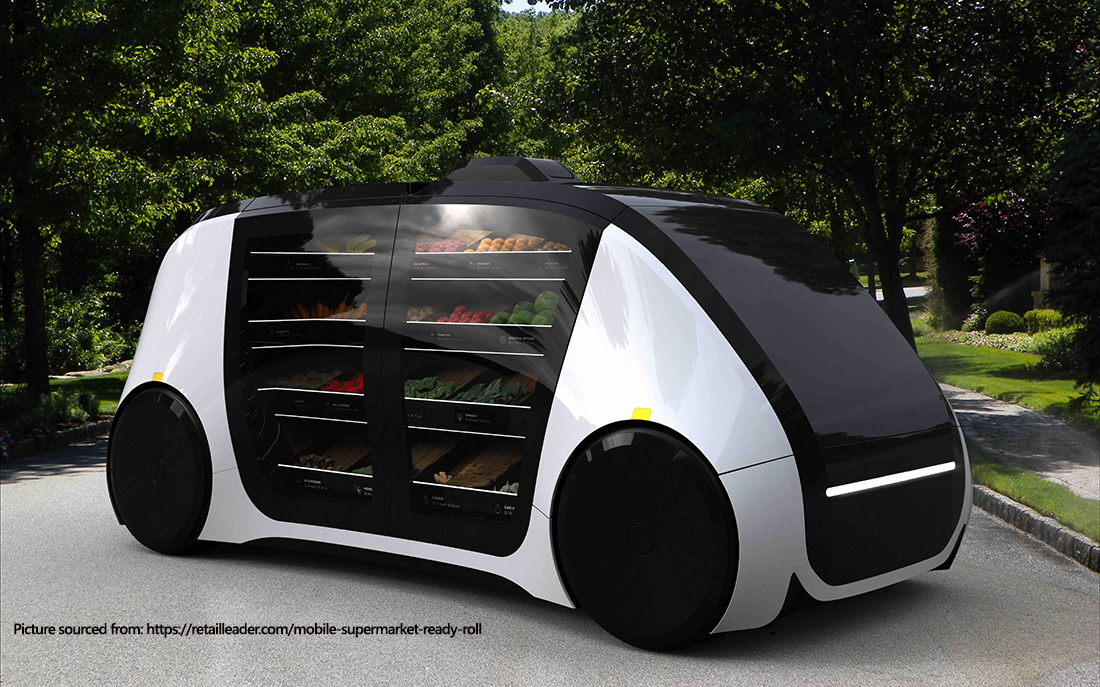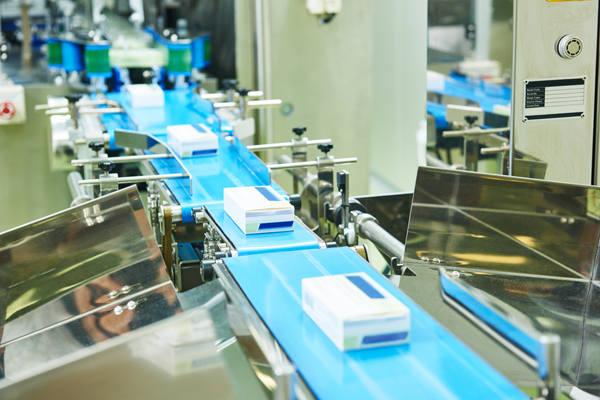Armed with the ability to print just about anything, 3D printers are carving a space in the food industry. These futuristic machines can fit on a desktop and use raw materials to create three-dimensional objects and satisfy a sweet tooth in the process.
In 3D food printing, users fill up the printer’s syringe-like container, which then pushes the food out at a steady pace to form layers. As the food comes through a print head, the ingredients must first be puréed, which does limit the use of certain ingredients. The technology does, however, allow users to tailor meals to meet specific nutritional needs.
In a delicious application of 3D printing, Ukraine-based Flasty introduced its’ 3D printer CHOCOLA3D to the CES 2019 conference in Las Vegas. According to the start-up, the machine can print everything from chocolate to savory dishes including, pasta and hummus.
At a price of $1,800 US, it’s unlikely you’ll find CHOCOLA3D in any home kitchens soon, the company is instead focusing its marketing tactics on foodservice operators, namely chocolatiers, bakeries, and cooks.
The company website says the printer can also create a variety of other products, such as meat, sauces, vegetable pastes, fruit jelly, mousses, pate, and entire sandwiches or canapes.

“The first in the world 3D food printer, which is (added is) able to print with any type of chocolate, dough, and various food pastes, and mix them,” explains the Flatsy team on their website. “From now the variety of dishes is limited only by your imagination.”
Although this technology is still relatively new in the food industry, CHOCOLA3D has the potential to become a winner in the segment, as a clear leader has yet to be seen.
Flasty’s 3D printer has also been introduced at an opportune time, as a recent report from Research and Markets estimates that the 3D food printing market is expected to reach $525.6 million by 2023.
“The global 3D food printing market is strongly motivated by the increasing demand for customized food products with nutrient content tailored for individual dietary needs,” The Research and Markets executive summary highlights. “Depending on the food fabrication technique, several 3D printing technologies have been applied in this field to meet the demand for food design and materials processing. The major types of technologies incorporated for 3D printing of food are fused deposition modeling (FDM), selective sintering, binder jetting, and ink-jet printing.”
As for which regions favor the adoption of this technology, North America and Europe are at the forefront of the 3D food printing market, according to Research and Markets. However, between 2018 to 2023, the Asia-Pacific region is expected to display the highest growth rate.
Although most 3D food printers on the market right now are targeted towards professional food environments, many believe the next step is for 3D printer technology to extend to residential kitchens. And if advancements in technology continue at this increased speed, it could become a reality sooner than you think.












Join or login to leave a comment
JOIN LOGIN